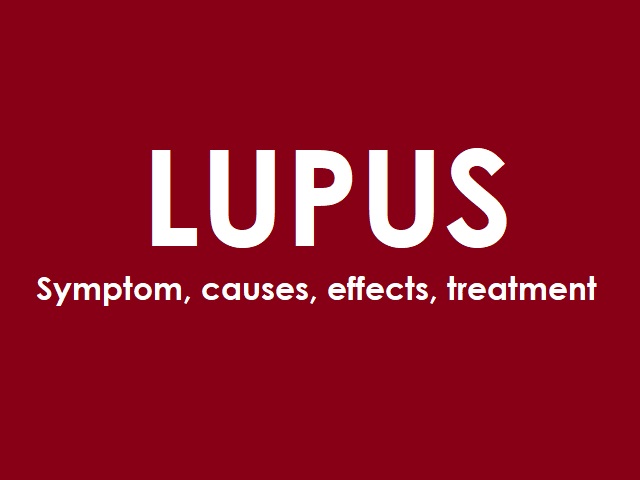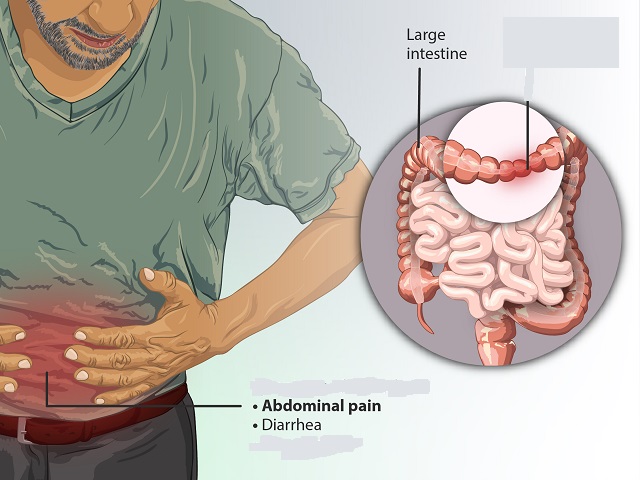6 Signs You May Have Uveitis -- Symptoms, Causes, Effects, Treatment and Prevention
Uveitis refers to the inflammation of the uvea, which is the middle layer of the eye. It can cause pain, redness, and vision problems. It is characterized by inflammation of the uvea, which consists of the iris, ciliary body, and choroid. It can be classified into anterior uveitis (inflammation in the front of the eye), intermediate uveitis (inflammation in the middle of the eye), posterior uveitis (inflammation in the back of the eye), and panuveitis (inflammation affecting all parts of the uvea). Here is an explanation of uveitis, along with its symptoms, diagnosis, causes, effects, treatment, and prevention:
Symptoms of Uveitis:
The symptoms of uveitis may vary depending on the specific type and severity of the inflammation. Common symptoms include:
- Eye redness
- Eye pain
- Blurred vision
- Sensitivity to light (photophobia)
- Floaters (spots or dark shapes floating in the field of vision)
- Decreased vision
Diagnosis of Uveitis:
The diagnosis of uveitis is typically made by an eye care professional based on a thorough examination. The diagnosis may involve the following:
- Detailed medical history and evaluation of symptoms
- Visual acuity test to assess vision
- Slit-lamp examination to examine the structures of the eye
- Measurement of intraocular pressure
- Fundus examination to evaluate the retina and optic nerve
- Additional tests such as blood tests, imaging studies, or ocular fluid analysis may be performed to determine the underlying cause of uveitis.
Causes of Uveitis:
Uveitis can have various causes, including:
- Autoimmune disorders such as rheumatoid arthritis, lupus, or ankylosing spondylitis
- Infections, including viral, bacterial, fungal, or parasitic infections
- Injury or trauma to the eye
- Inflammatory diseases such as sarcoidosis or Crohn's disease
- Exposure to certain toxins or medications
Effects of Uveitis:
If left untreated, uveitis can lead to several complications, including:
- Vision loss or blindness
- Glaucoma (increased intraocular pressure)
- Cataracts (clouding of the eye's lens)
- Retinal detachment
- Macular edema (swelling of the central part of the retina)
Treatment and Prevention of Uveitis:
The treatment of uveitis aims to reduce inflammation, alleviate symptoms, and prevent complications. Treatment options may include:
- Topical or systemic corticosteroids to reduce inflammation
- Immunosuppressive medications to control the immune response
- Antibiotics or antiviral medications to treat underlying infections
- Dilating eye drops to relieve pain and prevent complications
- Supportive measures such as wearing sunglasses to reduce light sensitivity
Prevention measures for uveitis include:
- Proper management of underlying autoimmune or inflammatory conditions
- Avoiding eye injuries or trauma
- Prompt treatment of eye infections or inflammation
- Regular eye examinations are crucial for early detection and appropriate management of uveitis.
References:
American Academy of Ophthalmology. (2016). Uveitis. Retrieved from https://www.aao.org/eye-health/diseases/uveitis
Image Attribution:
Featured image by Microrao, CC BY-SA 4.0, via Wikimedia Commons


















